Meet the PI

Sarah H. Shahmoradian, Ph.D.
Principal Investigator
I am an Assistant Professor of Biophysics at the Center for Alzheimer’s and Neurodegenerative Diseases (CAND) at the O’Donnell Brain Institute at UT Southwestern Medical School since 2021. Driving my career is an obsession with the brain and a desire to understand how it functions and malfunctions through imaging, pushing as high resolution as possible.
I earned my doctorate in Molecular Physiology and Biophysics in Wah Chiu's lab at Baylor College of Medicine (now at Stanford), revealing structural mechanisms of protein aggregation and inhibition in neurodegeneration using cryo-electron microscopy and tomography (cryo-EM, cryo-ET). As a Roche Postdoctoral Fellow in Henning Stahlberg's lab at the Biozentrum University of Basel and at the Roche Innovation Center Basel, I showed critical lipid interactions in Parkinson's disease human brain using a suite of biophysical and biochemical techniques, including developing a modern protocol for human brain imaging by correlative light and electron microscopy (CLEM).
Currently, my lab uses advanced imaging techniques to investigate how neuropathological proteins and their interactions with lipids affect processes in neuronal sub-compartments (i.e. synapse, axon) in health and disease. We also embrace innovation by developing new interfaces and technologies to advance visualization techniques at the nanoscale.
Meet the Team

Victor Cruz, Ph.D.
Senior Research and Development Scientist
I was born in Puerto Rico, and completed my B.S. in Biomedical Science and Genetics at the University of Puerto Rico (UPR), followed by my Ph.D. in Biophysical Chemistry and Molecular Structure at the Massachusetts Institute of Technology (MIT). I completed my doctoral research in the laboratory of Dr. Thomas Schwartz solving atomic resolution structures and biochemically characterizing nuclear scaffolding proteins. During my postdoctoral research in Dr. Jan Erzberger's laboratory (UTSW), I studied the mechanism of large ribosomal subunit biogenesis in eukaryotes employing a multi-disciplinary approach that included single particle cryoEM, yeast genetics, and biochemistry. In the Shahmoradian Lab, I use correlative cryo-electron microscopy and tomography to understand the molecular basis of membrane remodeling within cells, relevant to neurodegeneration in cellular and mouse models.
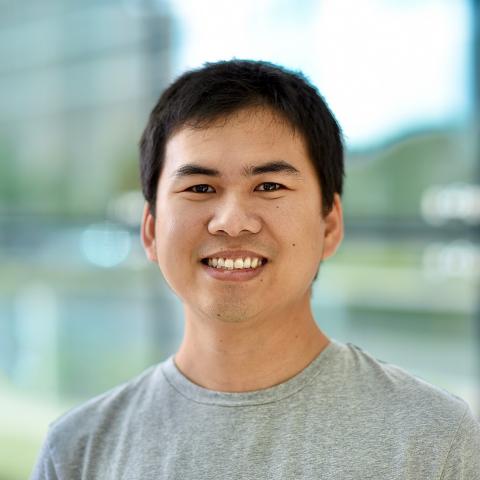
Hung Tri Tran, Ph.D.
Research Scientist
I was born in Vietnam, and completed my B.Eng. in polymer/plastics engineering at the Ho Chi Minh City University of Technology in Vietnam, followed by my MSc. in material science and engineering at the Gwangju Institute of Science and Technology in Korea. I earned my Ph.D. in biology from the Swiss Federal Institute of Technology (ETH Zürich). In the Shahmoradian Lab, I use both materials science and neuronal imaging to understand the structural basis of pathological aggregation.
Valerie Perez, Ph.D.
Postdoctoral Fellow
I was born and raised in Laredo, Texas, and received my B.S. in chemical engineering from Stanford University. I completed my Ph.D. in Molecular Biophysics here at UT Southwestern Medical School, investigating the roles that different molecular chaperones play in neurodegenerative diseases. In the Shahmoradian Lab, I use a combination of cryo-electron microscopy and grid surface chemical modification to solve the structures of neurodegenerative proteins and their modulators. I enjoy collecting cute things, making origami sculptures, and trying to keep my plants alive.

Jason Schrad, Ph.D.
Postdoctoral Fellow
I was born and raised in Nebraska, and received my B.S. in Biochemistry from Macalester College. I completed my Ph.D. in Biochemistry and Molecular Biology at Michigan State University, where I studied bacteriophages and giant viruses. Prior to joining the Shahmoradian lab, my postdoctoral work in the Nicastro lab focused on structural changes that occur during virus-host interaction through the use of in situ structural biology techniques, including cryo-focused ion beam milling, cryo-correlated light and electron microscopy, cryo-electron tomography, and subtomogram averaging. In the Shahmoradian Lab, I use cryo-electron tomography to understand how pathological and physiological macromolecular assemblies are formed and modulated in situ. I also work on developing labeling approaches for correlative light and electron microscopy.

Nicholas Sutliff, B.Sc.
Perot Family Scholars Medical Scientist Training Program (MSTP) Student
I am originally from Maryland and completed my double Bachelor's degrees in Neurobiology and Microbiology from the University of Washington. From 2018 to 2022, I worked as a Research Technician II in Stephen Tapscott's lab at the Fred Hutchinson Cancer Center, focusing on gene transcription and expression in normal development and disease, with an emphasis on human muscular dystrophies. I am now pursuing my MD/PhD here at UTSW. In the Shahmoradian lab, I use correlative light and electron microscopy and cryo-electron tomography of neuronal models and human brain tissues to understand structural mechanisms underlying prionoid seed uptake and spread, as well as physiological mechanisms underlying synuclein normal function and transition to pathological states.
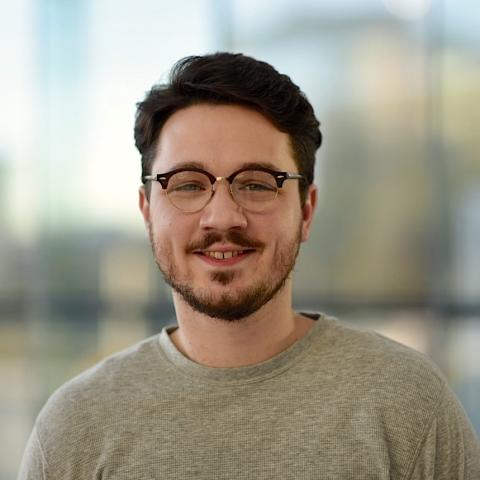
Benjamin Harrington, B.Sc.
Graduate Student
I was born and raised in Texas and completed my B.S. in Biochemistry from Texas Tech University, where I worked as an undergraduate researcher in the Department of Chemistry and Biochemistry under Dr. John D’auria and in the Department of Biology under Dr. Dylan Schwilk. After graduation, I worked as a technician under Dr. Daniela Nicastro in the Department of Cell Biology here at UT Southwestern, where I assisted in the study of novel ciliates and their unique ciliary structures. I am now completing my PhD as part of the Neuroscience Graduate Program here at UTSW. In the Shahmoradian lab, I apply structural and cellular biology techniques to study proteins and protein complexes critical in etiologies of neurodevelopmental and neurodegenerative disorders.
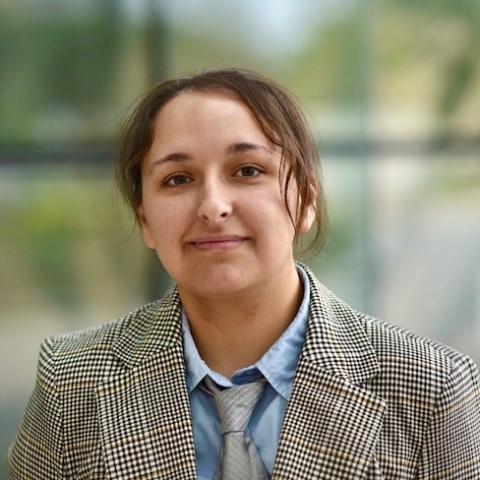
Olive Pedraza, M.Sc.
Computational Research Scientist
I received my B.S. in Biochemistry from the University of Texas at Dallas. I completed my M.Sc. in Bioinformatics and Computational Biology and a M.Sc. in Biotechnology investigating variational autoencoders to predict suitability and function of new proteins. In the Shahmoradian Lab, I use advanced computational processing to help solve the structures of neurodegenerative proteins and their modulators.
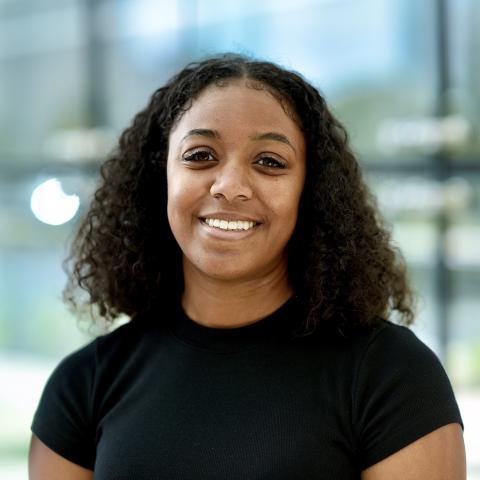
Skyler Taylor, B.Sc.
Research Technician II
A Dallas native, I earned my bachelor's in biology at Xavier University of Louisiana in New Orleans. In the Shahmoradian lab, I generate human cortical neurons and microglia from induced pluripotent stem cells (iPSCs) that are used for studying the early stages of protein aggregation.
Hannah Choi
Green Fellow
I am currently a Neuroscience student at the University of Texas at Dallas. In the Shahmoradian lab, I apply computational processing for both 2D and 3D cryo-electron microscopy data to understand the structure and cellular context of pathological protein aggregates in brain cells. I plan to pursue medical school, focusing on Psychiatry.
Thao (Tasha) Do, B.Sc.
Research Technician
I was born and raised in Arizona and received my B.Sc. in Neuroscience with a minor in Data science from Arizona State University. In the Shahmoradian lab, I assist with computational reconstructions of tomography data of cells and tissues relevant to neurodegenerative disease. I also perform advanced sample preparation of cells and tissues for 3D imaging.

Jenny Jiou, Ph.D.
Senior Research Associate (Alumna)
I am a First Generation College Student and Scientist in my family. I completed my B.Sc. in Chemistry at the University of Dallas, followed by my Ph.D. at the UT Southwestern in Molecular Biophysics. In the Shahmoradian Lab, I determine the structures of protein complexes involved in uptake and early stages of aggregation in cellular models of neurodegeneration. I also create scientific animations and graphical communications based on 3D modelling and design.
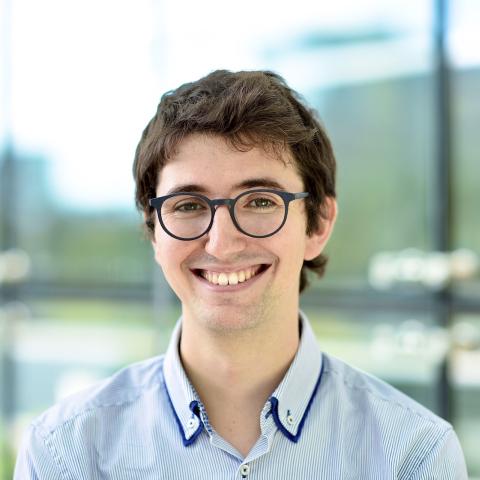
Jim Monistrol, Ph.D.
Senior Research Associate (Alumnus)
I am originally from France, and completed my B.Sc. in chemistry followed by my master’s degree in chemistry and chemical engineering at the Ecole Nationale Supérieure de Chimie de Montpellier (ENSCM) in Montpellier, France. I earned my Ph.D. at Birkbeck College, Institute of Structural and Molecular Biology (ISMB) in London. In the Shahmoradian lab, I use cryo-electron microscopy and tomography to study the ultrastructure of macromolecular complexes -including alpha-synuclein and tau amyloid - in relation to brain cells and tissues.
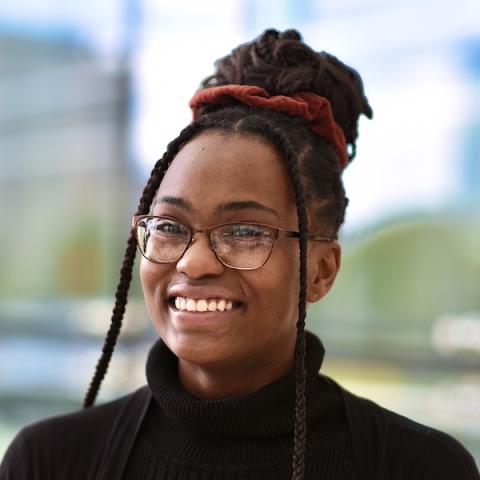
Elley Nixon, B.Sc.
Laboratory Scientist
Raised in east Texas, I earned my bachelor’s in biology with a minor in psychology at Texas A&M University - Commerce. In the Shahmoradian Lab, I coordinate acquisition of critical materials, perform cell culturing, and coordinate data organization for electron-microscopy studies of cells and tissues.

Parth Tripathi
Research Intern
Born and raised in Texas, I’m a student at Hebron High School (Class of 2025) and love learning about the human body. In the Shahmoradian lab, I create 3D segmentation models of fibrils from alpha-synuclein aggregates in Alzheimer’s and Parkinson’s diseases. I plan to become a physician-scientist, combining health care with research.
Join the Lab
We are newly established at the Center for Alzheimer's and Neurodegenerative Diseases, part of the Peter O'Donnell Jr. Brain Institute at UT Southwestern Medical Center.
Our group is growing quickly, and we are currently accepting graduate students and postdoctoral scientists. We welcome qualified applicants from all backgrounds.
UT Southwestern Medical Center is committed to an educational and working environment that provides equal opportunity to all members of the University community. As an equal opportunity employer, UT Southwestern prohibits unlawful discrimination, including discrimination on the basis of race, color, religion, national origin, sex, sexual orientation, gender identity, gender expression, age, disability, genetic information, citizenship status, or veteran status.
Potential graduate students at UT Southwestern apply and are accepted via the Graduate School of Biomedical Sciences. Once admitted, they typically take the one-semester Core Course and join individual Ph.D. programs during the second semester.
If you are already a graduate student at UT Southwestern and are interested in joining the lab, contact Dr. Shahmoradian.
To apply, please email Dr. Shahmoradian with your CV and a brief description of your scientific interests and research goals.
Information on UTSW's postdoctoral training program and benefits can be found on the overview for postdoctoral scholars.